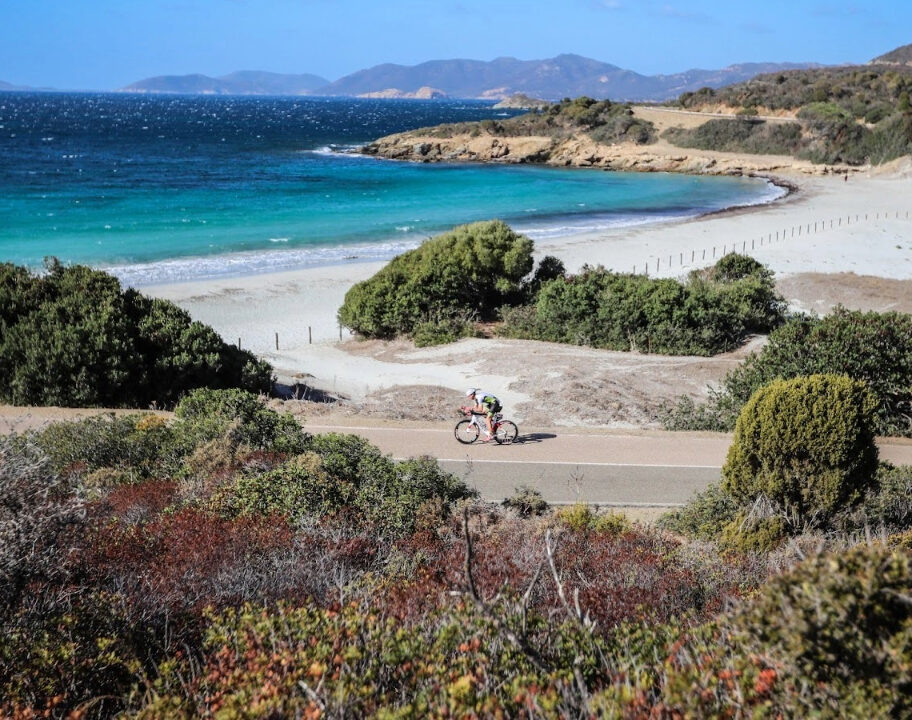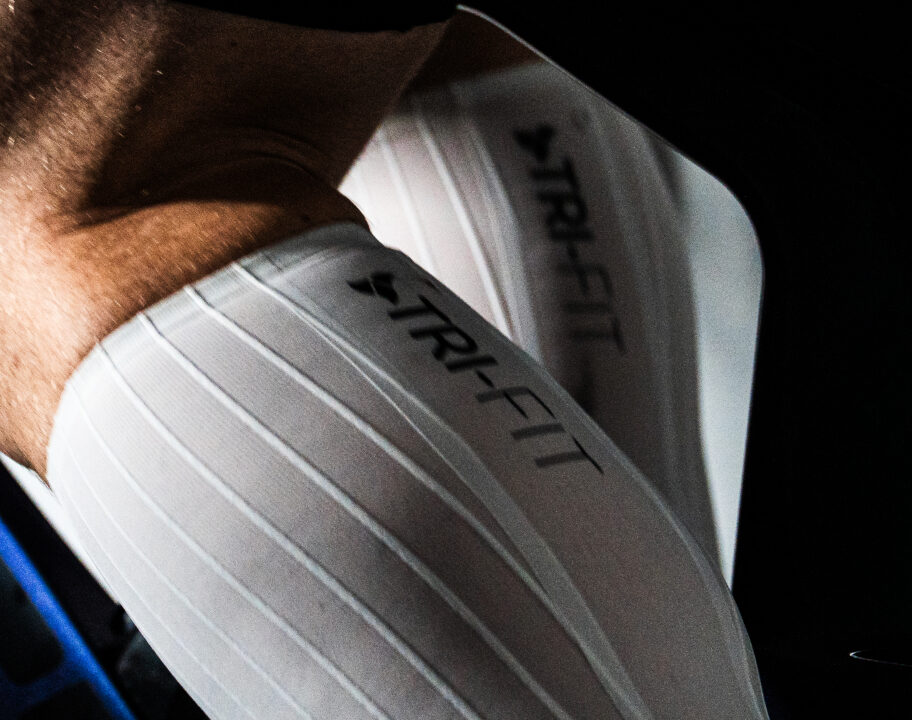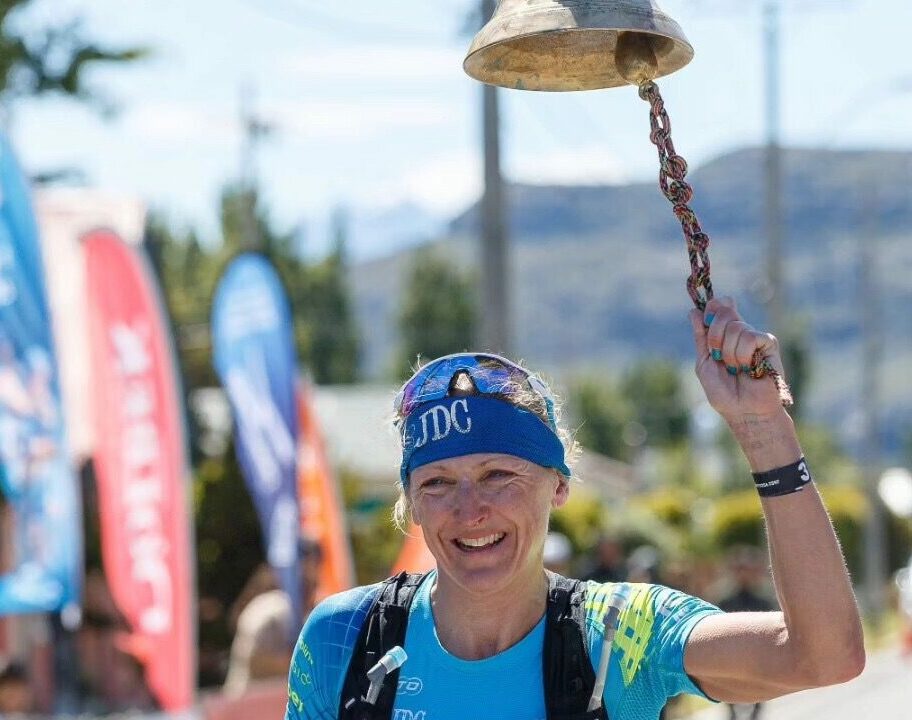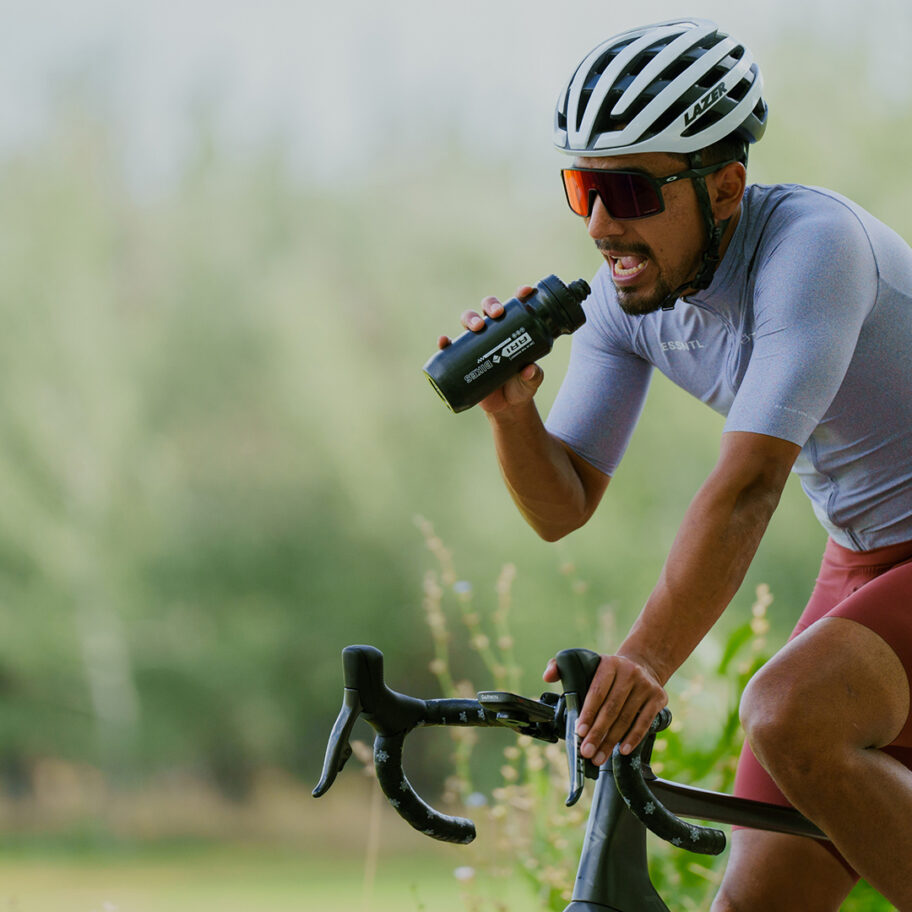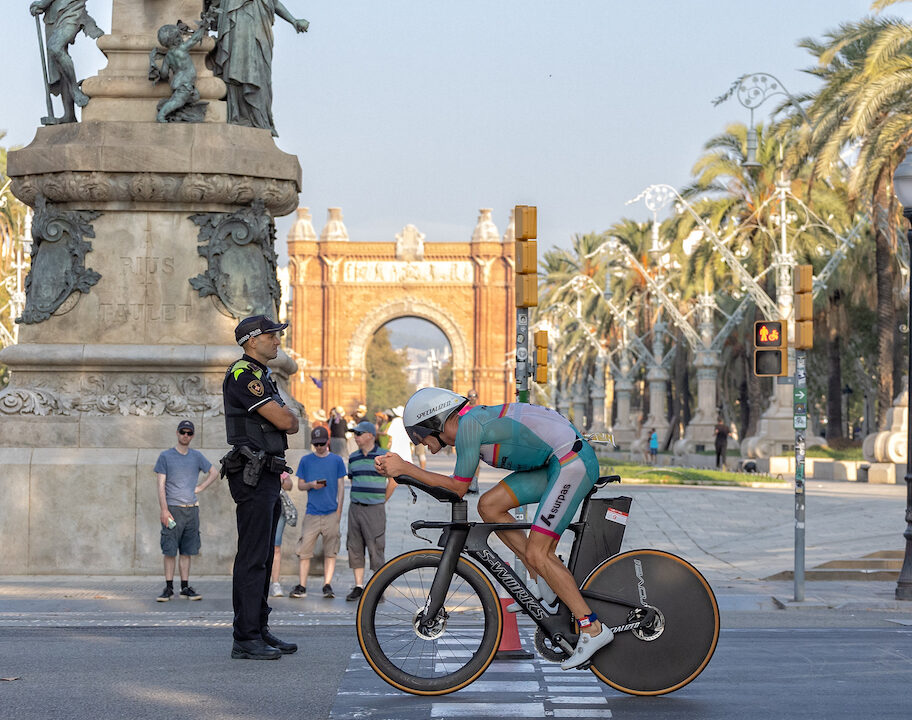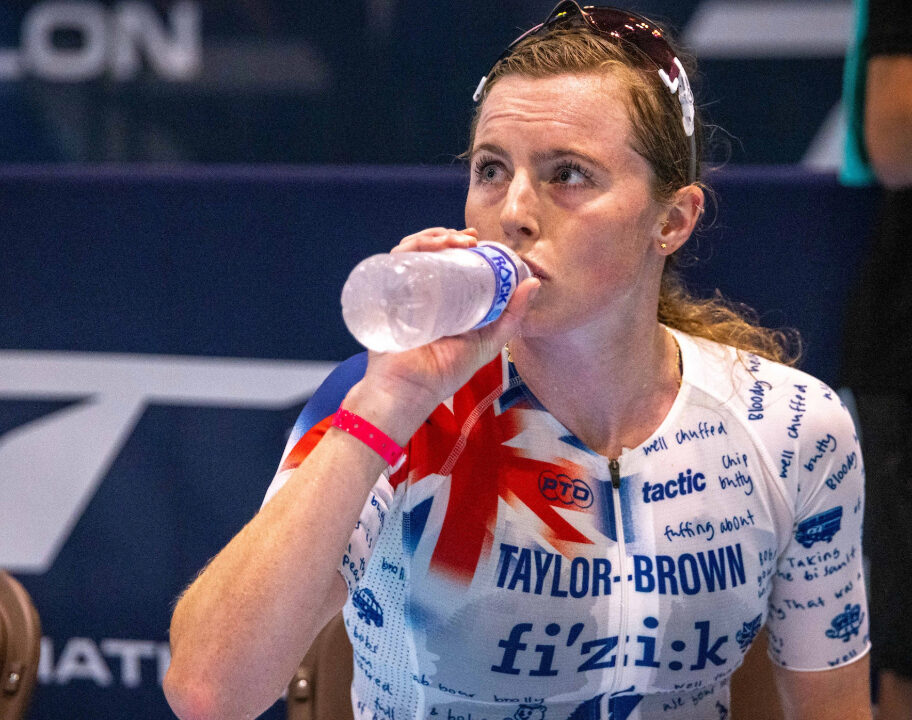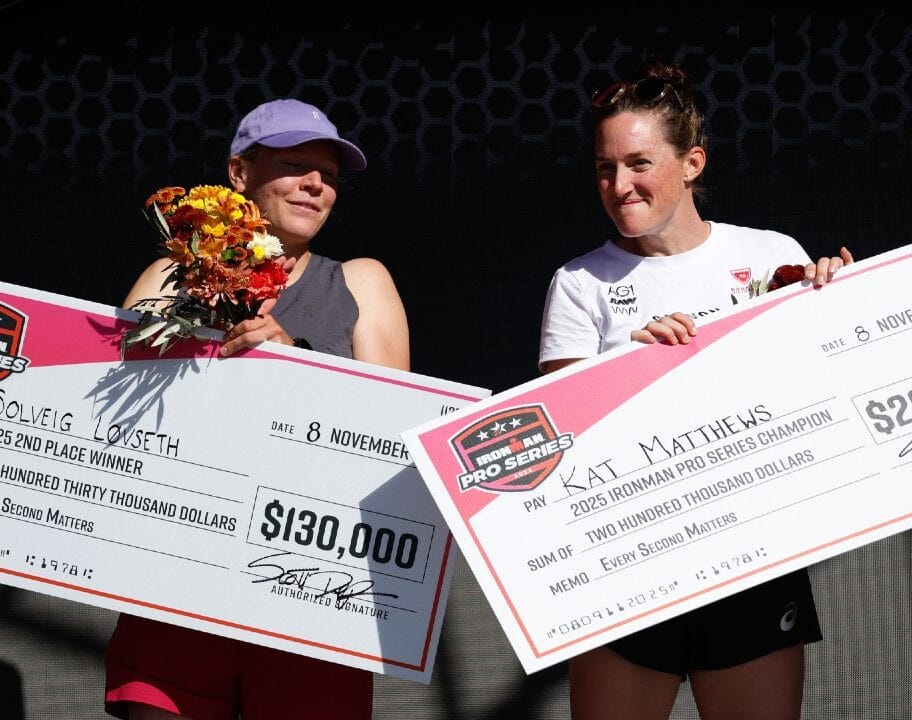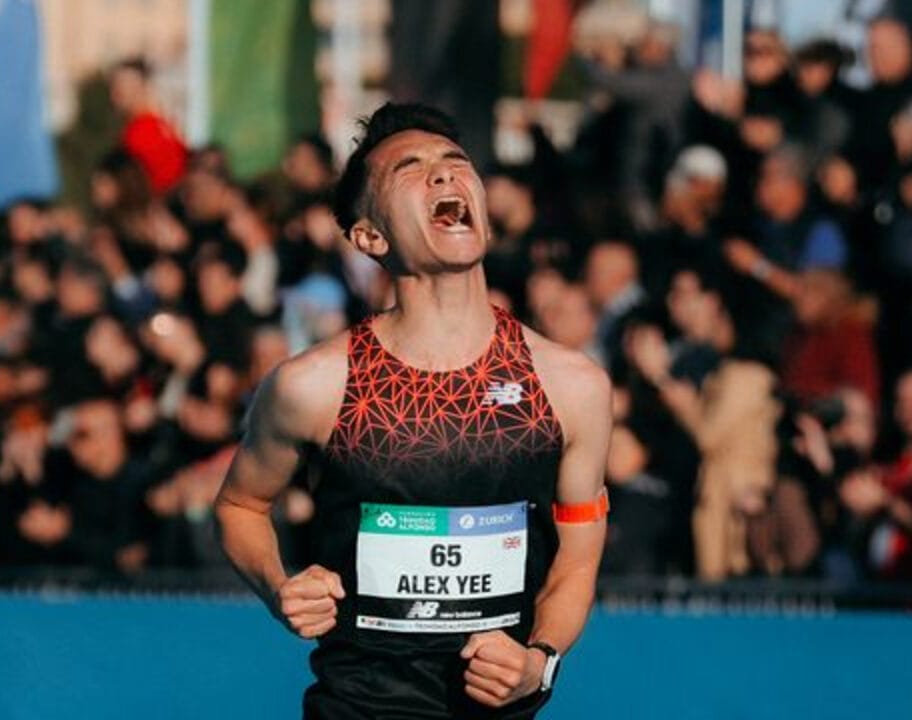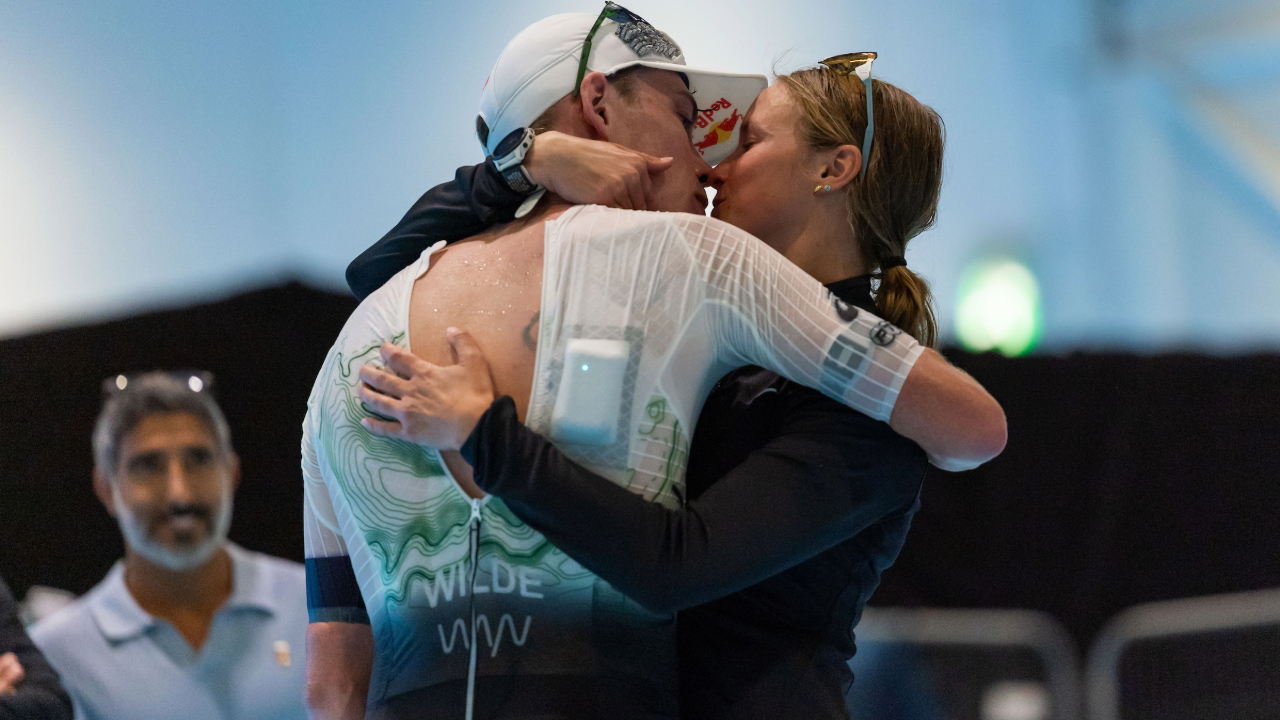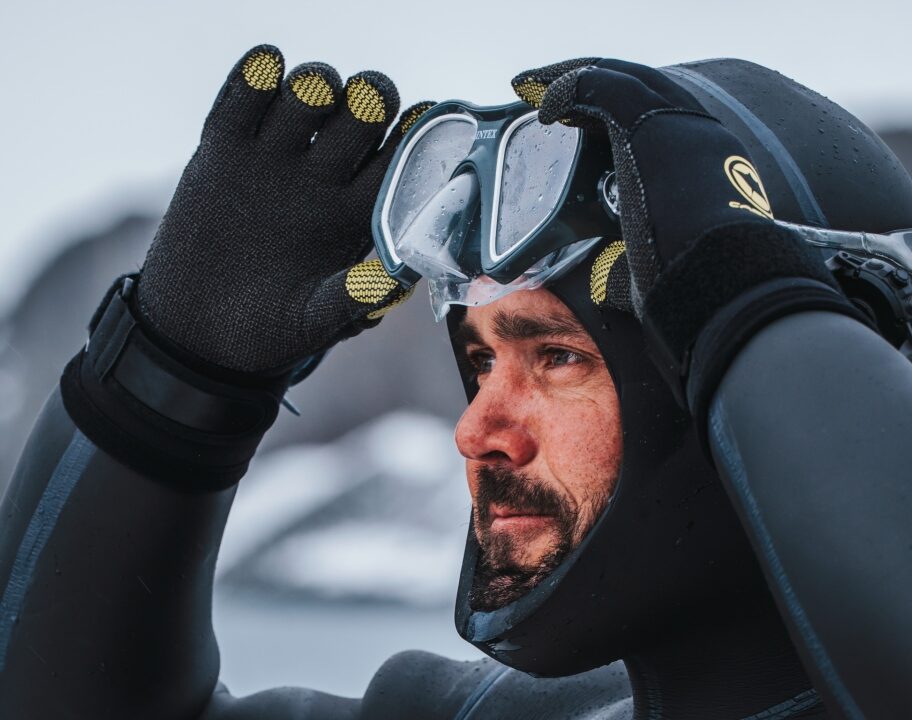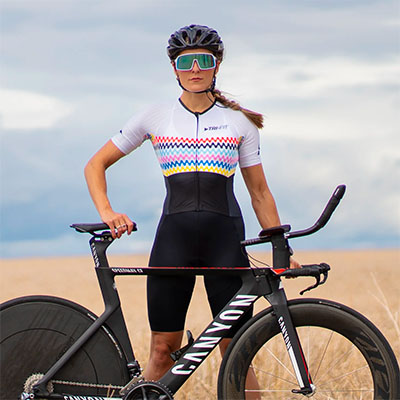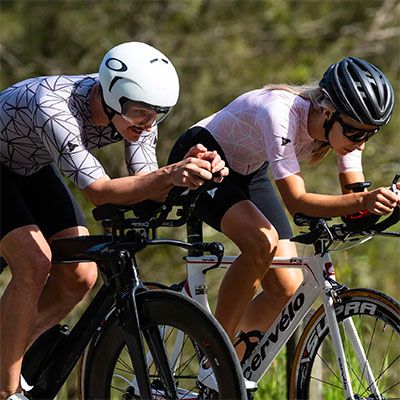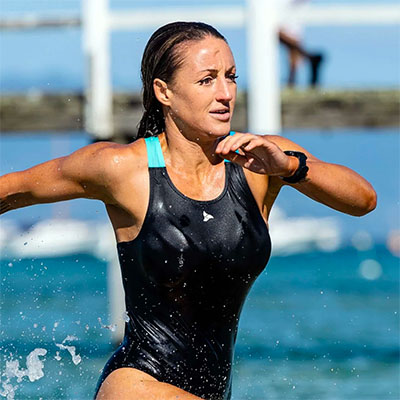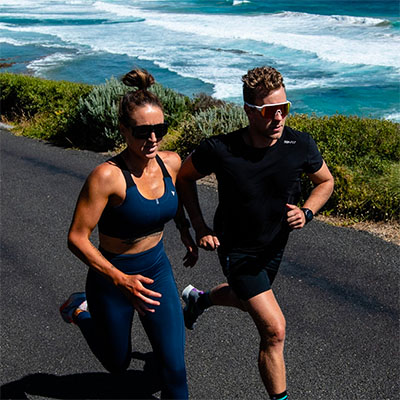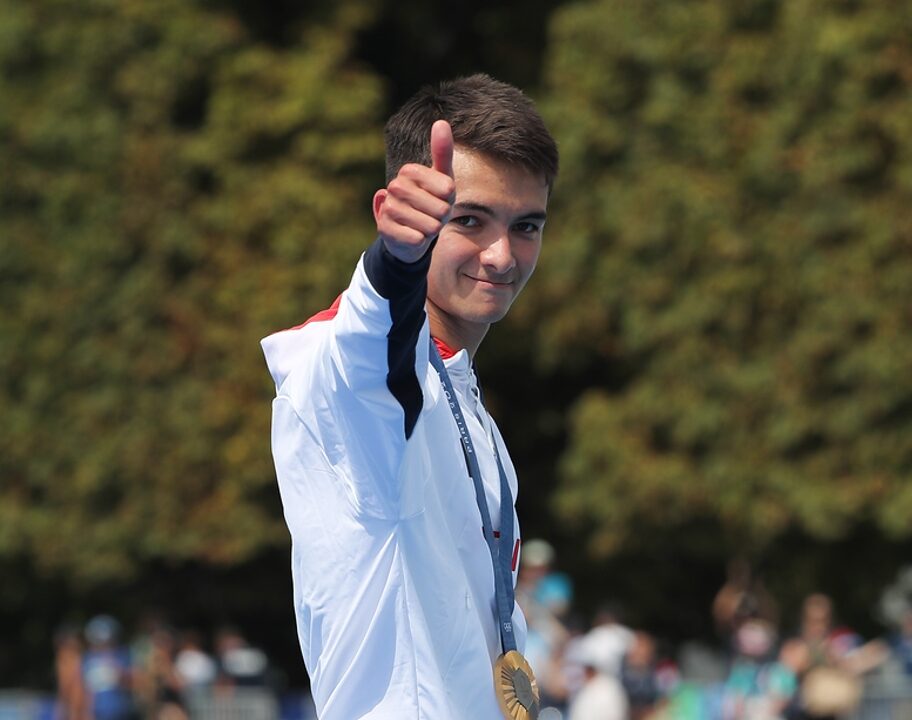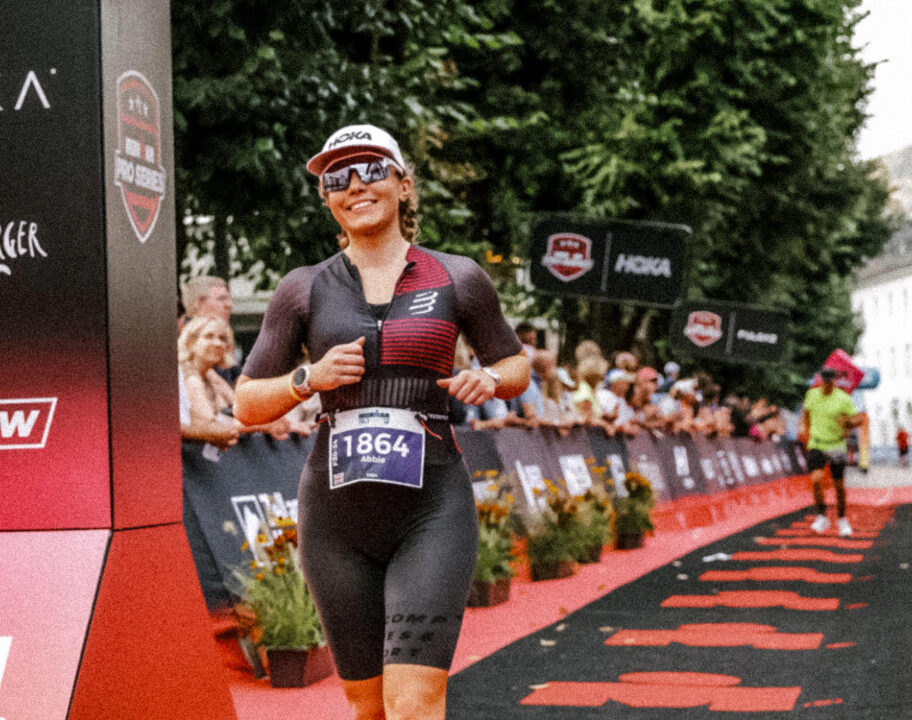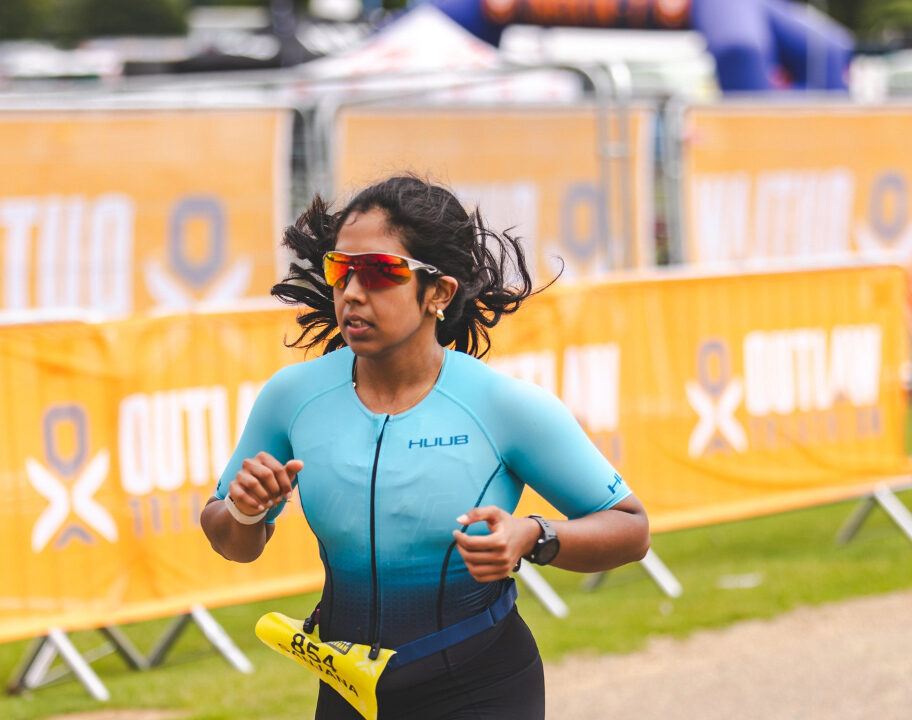Most of the headlines around Norway’s incredible impact on top-level triathlon have included the names Kristian Blummenfelt and Gustav Iden.
And understandably so as the Bergen pair have hoovered up pretty much every men’s title from Olympic gold to the IRONMAN World Championship and everything in between.
But the ‘Norwegian method’ is also helping other athletes and this season has seen real and significant progress on the women’s side.
That’s manifested itself twice recently on the big stage – first at the European Games in Krakow where Norway swept the board with Solveig Løvseth and Vetle Thorn in the individual events and then landed a third gold in the Mixed Team Relay.
Then at WTCS Sunderland, when that pair combined with Lotte Miller and Casper Stornes, just as they had in Poland, to bag their first ever podium place in the Mixed Relay, with a bronze behind France and Team GB.
And we’ve spoken to both the experienced Miller and the up-and-coming Lovseth to find out more…
Breakthrough display
It’s Løvseth’s progress this year which has proved a real catalyst, especially on the Mixed Relay front, and she’s risen up the rankings on the back of a busy and successful season.
Sunderland for example was her sixth race weekend in a row and she told me: “Yeah, it’s been a lot of racing and a lot of travelling. Some races have not been very good, but in general I feel way more consistent than I’ve been before.
“And some races have been really good, such as the European Games. I’m really happy that I’m more able to fight for the good positions and be up front in the races instead of just being behind and chasing. Now I can be on the start line and have at least a goal of trying to be in the front instead of just having the goal of not being last, basically!”
That’s quite a shift in mindset and the first real indication to the wider world came at the New Plymouth World Cup event in New Zealand back in March.
Many eyes that day were on the returning 2016 Olympic gold medallist Gwen Jorgensen but it was Løvseth who was at the front of the race, giving home one-two Nicole Van Der Kaay and Ainsley Thorpe plenty to think about, only being run out of it late on as she claimed the bronze.
Blummenfelt had spoken to Løvseth in the build-up to that race, reminding her that his first podium had come in the same event eight years previously and she acknowledges now that it really was a breakthrough moment for her.
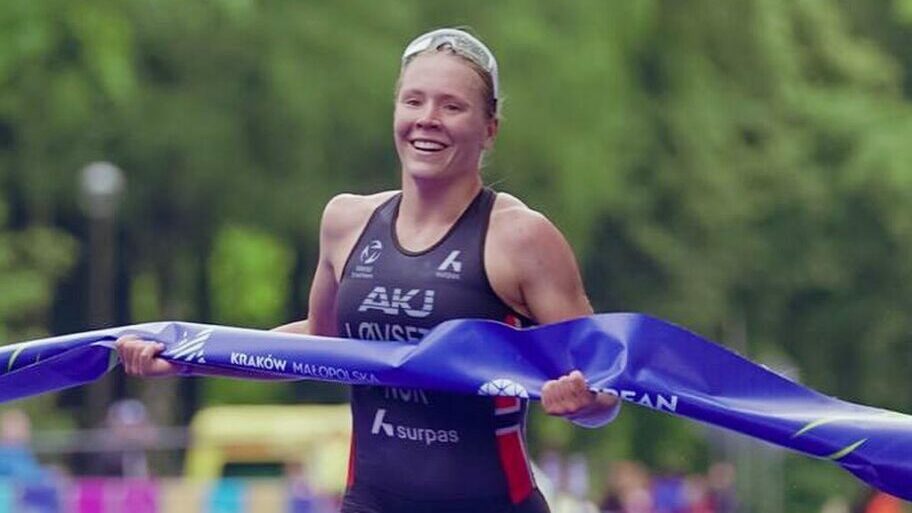
Guiding hand
To her credit she’s continued that momentum and it’s clear that Miller, standing alongside Løvseth when I spoke to them and one of the very best cyclists in the sport, has provided such important encouragement and advice, which has benefitted them both.
Løvseth explains: “If we qualify for the team relay in Paris, we can kind of relax because we know there’s only two spots and we’re the only two females at present, so we can just focus on the preparation. It’s kind of a luxury situation if we qualify a team.
“We tried to qualify one for the Tokyo Olympics, but we started that qualification quite late and I wasn’t quite at the level yet, so we just missed out of it. We did a direct qualification race in Lisbon [in May 2021] where top three qualified and we got fourth in that race. So it was almost but yeah, we feel more prepared now.”
And while Lovseth and Miller are the clear standouts on the female side, they’d both rather they had more competition, like the Norwegian men.
“I wish we had more athletes,” explained Miller. “As Solveig says, we only have the two of us really at the moment, so we’re kind of vulnerable there. If one of us is sick one day or gets an injury, then we don’t really have any reserve and we also have to go to other races and do all the relays, even though maybe we’d prefer to have a longer training block.”
Girl power
They both hope that the success they are now enjoying – and hopefully being on the biggest stage of all in Paris next year – will help inspire others to follow in their footsteps.
“We have some juniors that we’re hoping will develop, so they also can be kind of at the level to do the relays. And it’s cool to see how Kristian and Gustav have obviously been a big inspiration for a long time and a big inspiration to me,” says Løvseth.
“I feel that recently, there’s a little bit more media attention around us girls as well. I hope that we can be a pair that people can watch and get inspired by. Our profile of racing is very similar. We’re quite powerful on the bike, so we can use each other, and that’s what we’ve actually been working on – how we can ride together as a team and get the best out of each other. I think this is maybe the first year we’ve been able to actually do that, because maybe earlier I haven’t been at Lotte’s level at all, and last season Lotte had her injury, so we haven’t really done that much racing together.
“It’s been really cool this year, and it’s fun to actually be on the start line together. And beforehand also, discussing the different scenarios. It’s great to know that if I’m swimming good enough to be in the group with Lotte, then I know that I have an ally there. You have a teammate, you have got someone you can rely on.”
And Miller agrees, underlining the importance by saying: “I don’t necessarily know how the male racing is, but the female racing can see you being quite vulnerable when it comes to the bike because the span from the best bikers to the next best is bigger than the male level.

“So that’s where I feel if you’re upfront and you’re pushing hard, you want that teammate who can come up and do the same work. And when I see Solveig, it’s like, yes, we’re two of the same character, and we can push. You need that camaraderie, and hopefully that makes it seem even more fun to be at that top level.
“And that’s what you’ve seen in Gustav and Kristian and it makes such a difference.”
Risk versus reward
But Miller was also keen to stress that success doesn’t usually happen overnight as she looks to encourage the next generation, adding: “Solveig is such a good example of all the hard work being rewarded. I think we can keep other girls in the sport by making a good environment and making it safe, making it fun, and also just be good at communicating to them that it might take you a while to get to that level.
“Especially as a girl. I think it can take a lot of time. I’m telling the juniors that all the time. When I was a junior, I was never even close to qualifying to the World Championship, for instance. I was just so far back. You have to be really patient. It’s not always a straight line for the men either but I think it can be more up and down for a girl.
“In Norwegian sports these days we don’t find success on the female side in all sports. Just look at the last Olympics. We’ve got a lot of medals on the male side with golds for the likes of Jakob Ingebrigtsen, Karsten Warholm and Kristian obviously but the only medal on the female side was a bronze for the handball girls.”
I ask why that might be and Lotte adds: “I think it’s the risk versus reward. We live in a society where it’s all about kind of doing something that’s profitable, doing something that you know will take you somewhere. And you can do sport for years and you won’t necessarily break through. So it’s about being patient and trusting the process and not necessarily doing it for the result. I think girls in general are maybe going for the safer option, even though we’re actually quite lucky that we have a quite good safety net in Norway.
“It’s kind of like a bad combination in that not that many girls stick with the sport and also that girls tend to be at their top level a little bit later than men, maybe peaking as late as their 30s, but they don’t take the risk to take those extra years to see if they’re actually able to make it.
“I think they just need more examples of people who have done it – if you have role models, then it’s easier to go there yourself. You also need to have the family and the friends that kind of support you and say, like, do it, we’re here for you. If you don’t manage it, it’s fine. But go for it, train every day and just think that this can be your job in the future, with an income.”
It looks like both Miller and Løvseth are taking giant strides to inspiring the next generation with both actions and words – and another big performance in the Mixed Relay in Paris in 2024 would only accelerate that progress.



